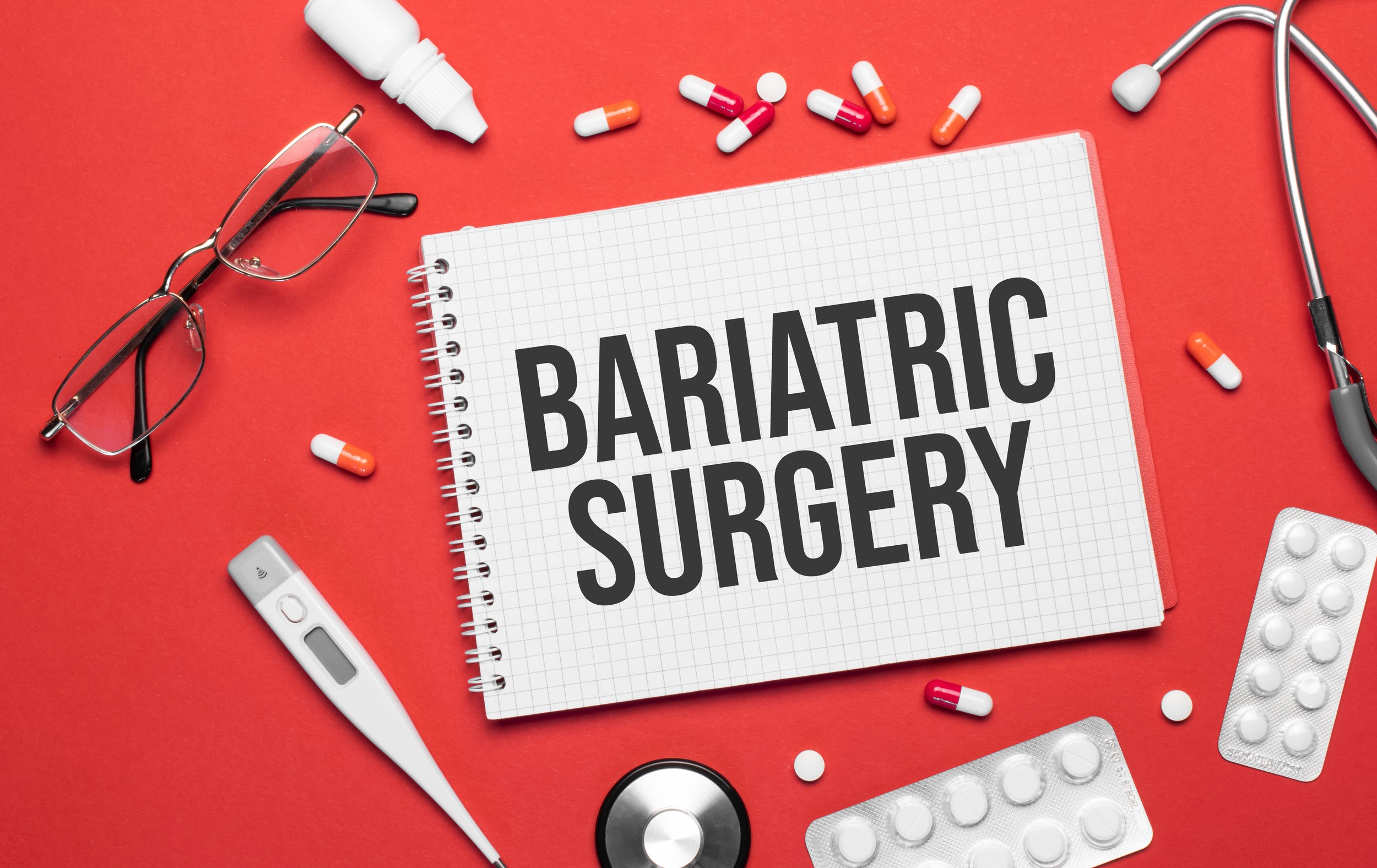In an ever-changing economy, one thing remains constant—your mental health is a priority. The financial landscape can feel unpredictable, but taking care of your well-being should never be put on the back burner. The good news? You can be financially responsible while still prioritizing your mental health.
1) Low-Cost Mental Health Support Exists
Therapy and mental health support don’t have to break the bank. There are affordable, high-quality options available:
✅ Adult ADHD Support Group: For $750, you get 11 weeks of expert-led sessions, which comes out to just $68 per session. This small investment can equip you with skills to manage ADHD effectively and create lasting change.
✅ Self-Esteem Group: Covered by most Maryland insurances. If paying out-of-pocket, it’s just $350 for 11 weeks—that’s only $31 per session, far less than the average therapy copay for a private session. Plus, you get 1.5 hours of structured CBT-based support each week.
Investing in these types of affordable group therapy programs is a cost-effective way to improve your mental well-being without the financial strain of one-on-one therapy.
2) Know Your Insurance Benefits
Many people overlook insurance benefits they are already paying for. Each year, take time to:
✔️ Review your mental health coverage.
✔️ Ask about available therapy sessions, group programs, and wellness benefits.
✔️ Hold your insurance company and provider accountable for any errors or denied claims.
Insurance policies are constantly changing, and mistakes happen more often than you think—always advocate for yourself!
3) Talk to Your Therapist About Financial Concerns
Therapists aren’t financial advisors, but we can help you navigate financial stress by offering coping strategies, stress management techniques, and affordable options for care. If cost is a concern, speak up—many therapists offer sliding scale fees or lower-cost group options.
4) Financial Planning for Mental Wellness
Being financially responsible doesn’t mean you have to sacrifice self-care or fun.
🏖 Take a break—but if traditional vacations are too costly, opt for staycations or holistic retreats.
🌿 Consider something like the Women’s Wellness Retreat in May—for $1,400, you get four nights in Berkeley Springs, WV, complete with health-conscious meals, guided activities, and expert-led self-care sessions. This way, you’re not just relaxing—you’re actively improving your mental well-being.
5) Stay Informed About Policy Changes
Government programs such as Medicare, Medicaid, and Social Security are frequently updated, but no one tells you what’s changed until it’s too late.
✅ Be proactive—check for updates that may impact your healthcare benefits.
✅ Don’t wait until you’re denied coverage to find out about new policies.
✅ Speak with your providers and case managers to stay ahead of changes.
6) Set Money Aside for Mental Health (If Possible)
If you can, put aside a small amount each month to ensure continued access to mental health care. Unexpected job layoffs and program cuts happen, and having a financial buffer can lessen the impact of stress and uncertainty.
7) Follow Free Mental Health Resources
Social media can be a free, daily source of encouragement and guidance. Follow mental health professionals, therapists, and self-care accounts that offer:
💡 Tips on managing stress and anxiety
💡 Free mindfulness exercises
💡 Encouragement and motivation
While social media isn’t a substitute for professional care, it can provide quick, feel-good moments that help you navigate tough times. We hope you follow us on our social media links:
https://www.instagram.com/empoweredselfesteem
https://www.instagram.com/tcc4change
https://www.facebook.com/TCC4Change/
https://www.linkedin.com/in/dawnomeallychangebeginstoday
Non-associated accounts: Additionally, here is a list of social media accounts we have been following - we do not partner with or endorse these accounts in any way.
https://www.instagram.com/quinlanwalther
https://www.instagram.com/drmatttownsend
https://www.instagram.com/adhd_chatter_podcast
https://www.instagram.com/nicholasjohn__/
Final Thoughts
Your mental health matters just as much as your financial health—and the two don’t have to be at odds. By exploring affordable therapy options, staying informed about insurance changes, and prioritizing self-care within your budget, you can take care of your mind without compromising your financial stability.
💙 Our team is here to help. If you’re looking for affordable, effective mental health support, let’s create a plan that works for you.




